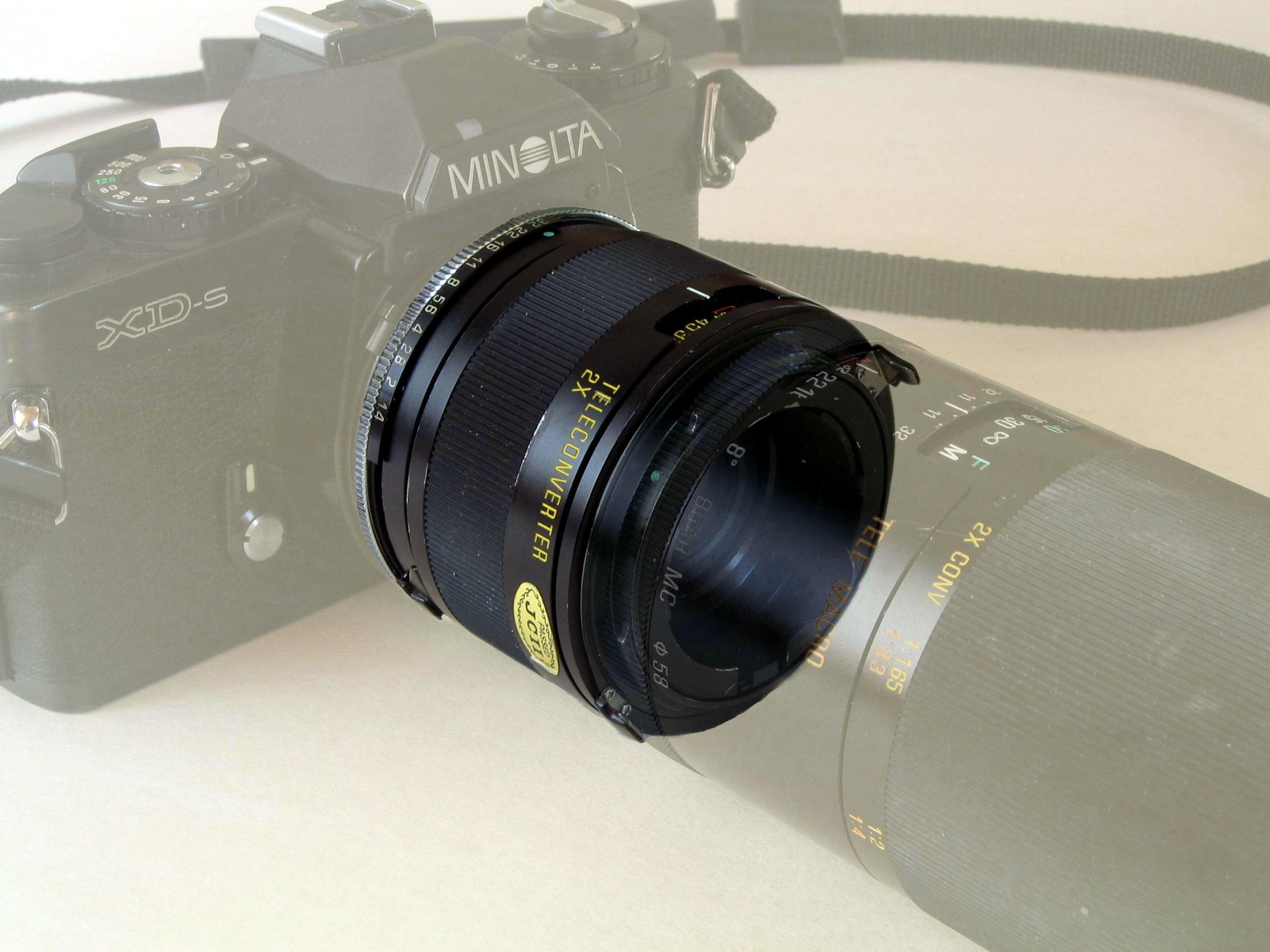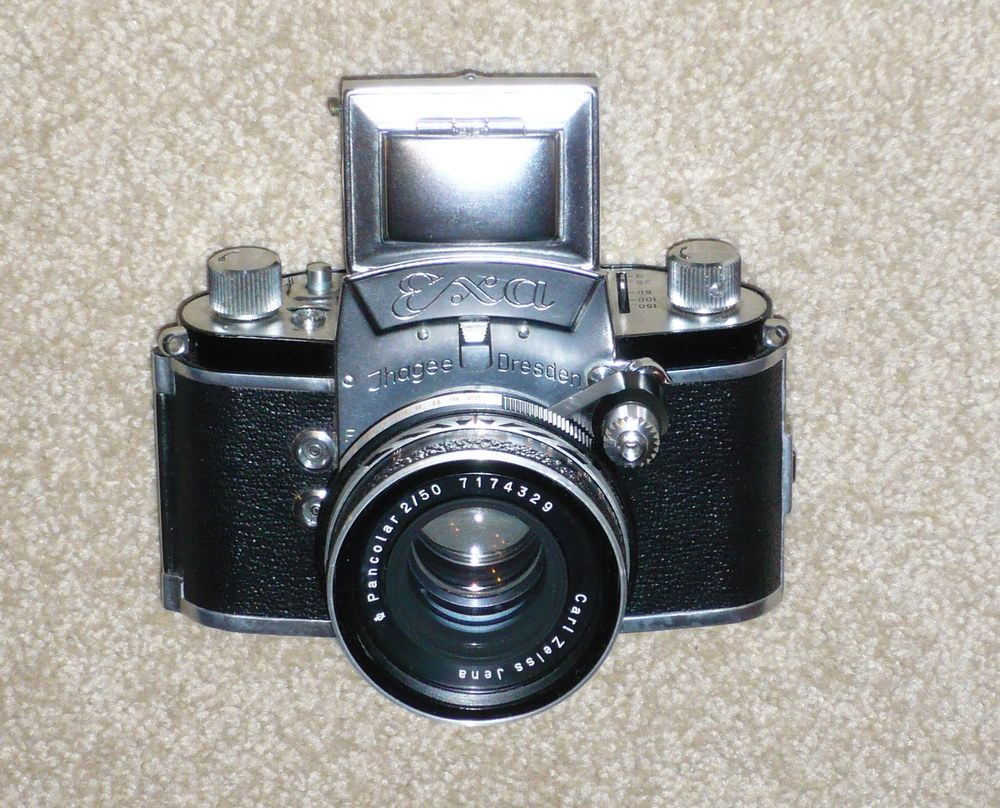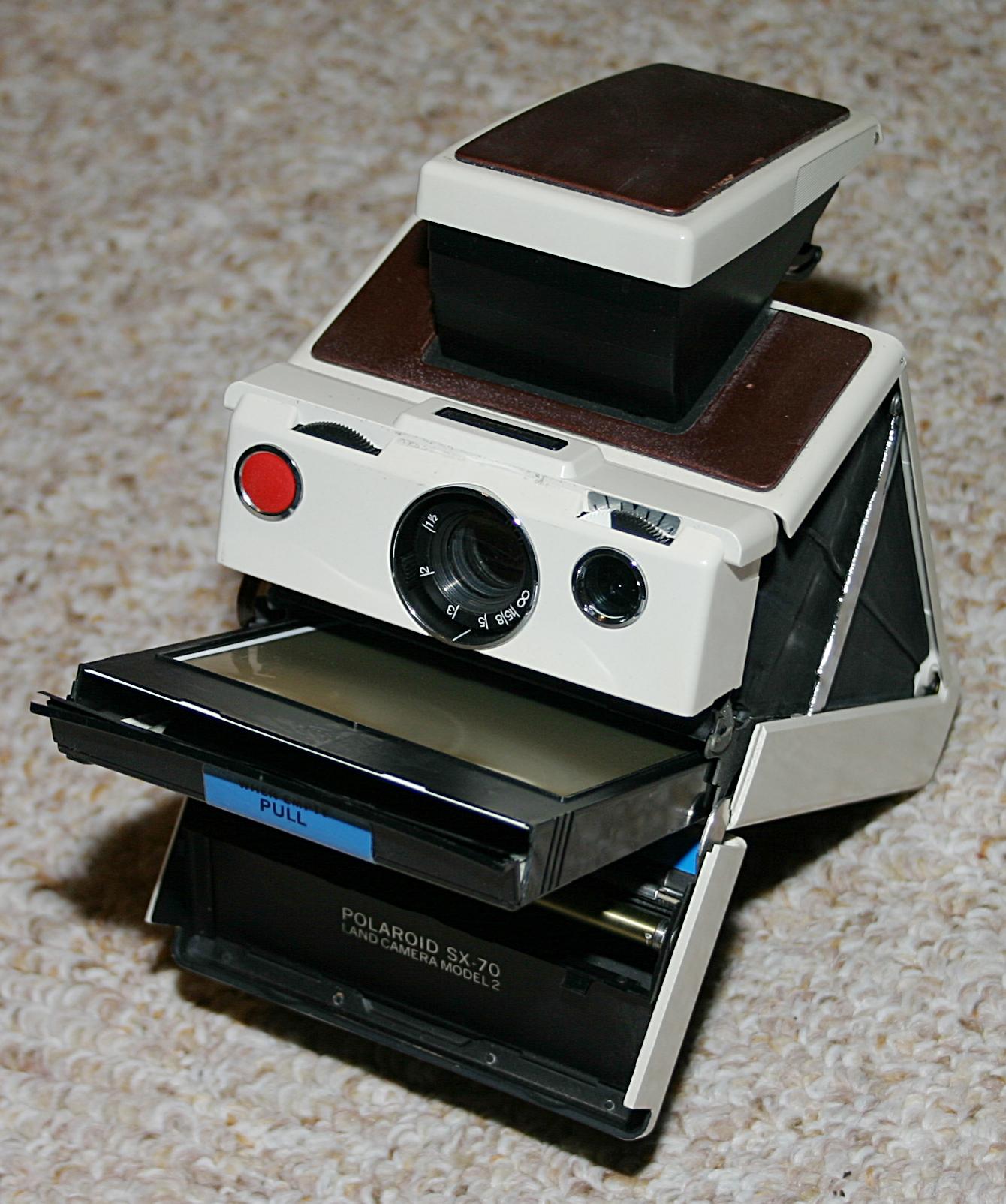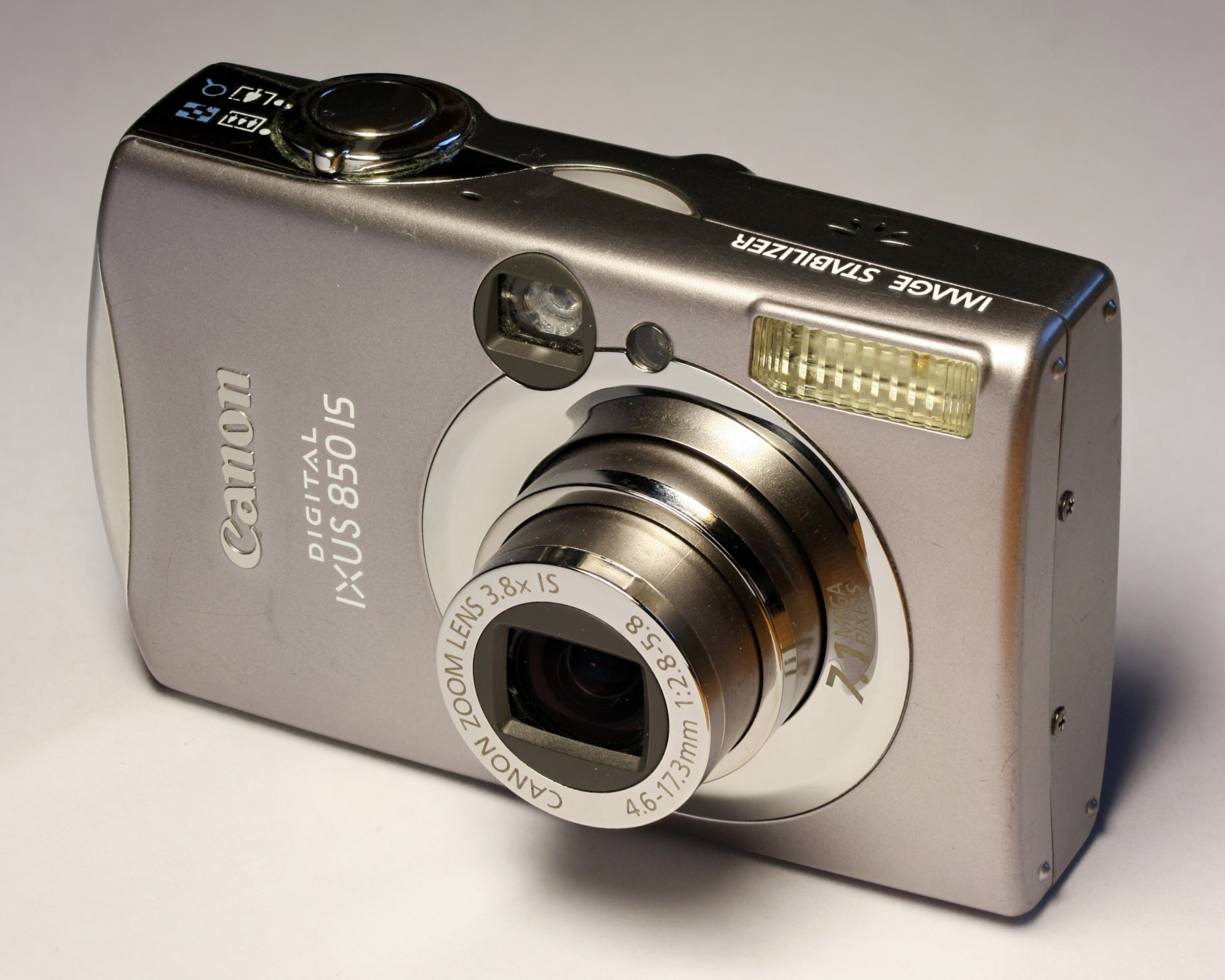|
Phase-detection Autofocus
An autofocus (or AF) optical system uses a sensor, a control system and a motor to focus on an automatically or manually selected point or area. An electronic rangefinder has a display instead of the motor; the adjustment of the optical system has to be done manually until indication. Autofocus methods are distinguished as active, passive or hybrid types. Autofocus systems rely on one or more sensors to determine correct focus. Some AF systems rely on a single sensor, while others use an array of sensors. Most modern SLR cameras use through-the-lens optical sensors, with a separate sensor array providing light metering, although the latter can be programmed to prioritize its metering to the same area as one or more of the AF sensors. Through-the-lens optical autofocusing is usually speedier and more precise than manual focus with an ordinary viewfinder, although more precise manual focus can be achieved with special accessories such as focusing magnifiers. Autofocus accura ... [...More Info...] [...Related Items...] OR: [Wikipedia] [Google] [Baidu] |
Optical
Optics is the branch of physics that studies the behaviour and properties of light, including its interactions with matter and the construction of instruments that use or detect it. Optics usually describes the behaviour of visible, ultraviolet, and infrared light. Because light is an electromagnetic wave, other forms of electromagnetic radiation such as X-rays, microwaves, and radio waves exhibit similar properties. Most optical phenomena can be accounted for by using the classical electromagnetic description of light. Complete electromagnetic descriptions of light are, however, often difficult to apply in practice. Practical optics is usually done using simplified models. The most common of these, geometric optics, treats light as a collection of rays that travel in straight lines and bend when they pass through or reflect from surfaces. Physical optics is a more comprehensive model of light, which includes wave effects such as diffraction and interference that cannot be ac ... [...More Info...] [...Related Items...] OR: [Wikipedia] [Google] [Baidu] |
Teleconverter
A teleconverter (sometimes called tele extender) is a secondary lens mounted between a camera and a photographic lens which enlarges the central part of an image obtained by the lens. For example, a 2× teleconverter for a 35 mm camera enlarges the central 12×18 mm part of an image to the size of 24×36 mm in the standard 35 mm film format. Teleconverters are typically made in 1.4×, 1.7×, 2× and 3× variants, with 1.4× and 2× being the most common. A 2× teleconverter doubles the apparent focal length of a given lens. Teleconverters also decrease the intensity of the light that reaches the film plane (or sensor) by the square of its magnification. A 2× teleconverter reduces the light to 1/4, doubles the focal ratio and halves the resolution of the master lens it is connected to. This, however, does not necessarily halve the resolution of the digital image. A closely related device reduces the focal length. It is generally marketed under the name speed ... [...More Info...] [...Related Items...] OR: [Wikipedia] [Google] [Baidu] |
Canon (company)
is a Japanese multinational corporation headquartered in Ōta, Tokyo, Japan, specializing in optical, imaging, and industrial products, such as lenses, cameras, medical equipment, scanners, printers, and semiconductor manufacturing equipment.Corporate Profile " ''Canon''. Retrieved on 13 January 2009. Canon has a primary listing on the and is a constituent of the Core30 and index. It has a secondary ... [...More Info...] [...Related Items...] OR: [Wikipedia] [Google] [Baidu] |
Minolta 7000
The Minolta MAXXUM 7000 (7000 AF in Europe and α-7000 in Japan) 35 mm SLR camera was introduced in February 1985. It was the first camera to feature both integrated autofocus (AF) and motorised film advance, the standard configuration for later amateur and professional single lens reflex cameras. Overview Although the Nikon F3AF (1983), Pentax ME F and Chinon CE-5 already had presented autofocus single lens reflex cameras, autofocusing could not be achieved without the use of special motorised AF lenses. The Pentax ME F had focus sensors in the camera body, while the Chinon CE-5 used a lens with built-in active infrared sensors. Nikon already had a camera with integrated motor drive on the market, the N2000 ( F-301 in UK), but its autofocus counterpart, the N2020 (F-501 in UK), appeared after the Maxxum/Dynax. The Minolta 7000 had its AF sensors and the focusing drive inside the camera body, and as a result the lenses could be much smaller and cheaper. The aperture and focus ... [...More Info...] [...Related Items...] OR: [Wikipedia] [Google] [Baidu] |
Nikon F3
The Nikon F3 was Nikon's third professional single-lens reflex camera body, preceded by the F and F2. Introduced in 1980, it had manual and semi-automatic exposure control whereby the camera would select the correct shutter speed (aperture priority automation). The Nikon F3 series cameras had the most model variations of any Nikon F camera. It was also the first of numerous Nikon F-series cameras to be styled by Italian designer Giorgetto Giugiaro, and to include a red stripe on the handgrip – a feature that would later become (with variants of stripes and various other shapes) a signature feature of many Nikon cameras. The F2AS was a current model when the F3 was introduced, and for a while both were sold concurrently. The earlier Nikons had developed such a sterling reputation for extreme ruggedness and durability that many Nikon F and F2 owners were initially reluctant to transition to the new F3 from the F2 series, particularly due to the new camera needing batteries to ... [...More Info...] [...Related Items...] OR: [Wikipedia] [Google] [Baidu] |
Nikon
(, ; ), also known just as Nikon, is a Japanese multinational corporation headquartered in Tokyo, Japan, specializing in optics and imaging products. The companies held by Nikon form the Nikon Group. Nikon's products include cameras, camera lenses, binoculars, microscopes, ophthalmic lenses, measurement instruments, rifle scopes, spotting scopes, and the steppers used in the photolithography steps of semiconductor fabrication, of which it is the world's second largest manufacturer. The company is the eighth-largest chip equipment maker as reported in 2017. Also, it has diversified into new areas like 3D printing and regenerative medicine to compensate for the shrinking digital camera market. Among Nikon's many notable product lines are Nikkor imaging lenses (for F-mount cameras, large format photography, photographic enlargers, and other applications), the Nikon F-series of 35 mm film SLR cameras, the Nikon D-series of digital SLR cameras, the Nikon Z-series of digital mi ... [...More Info...] [...Related Items...] OR: [Wikipedia] [Google] [Baidu] |
Single-lens Reflex Camera
A single-lens reflex camera (SLR) is a camera that typically uses a mirror and prism system (hence "reflex" from the mirror's reflection) that permits the photographer to view through the lens and see exactly what will be captured. With twin lens reflex and rangefinder cameras, the viewed image could be significantly different from the final image. When the shutter button is pressed on most SLRs, the mirror flips out of the light path, allowing light to pass through to the light receptor and the image to be captured. History File:Hasselblad 1600F.jpg, Medium format SLR by Hasselblad (Model 1600F), Sweden File:Zenza BRONICA S2 with ZENZANON 100mm F2.8.JPG, Medium format SLR by Bronica (Model S2), Japan. Bronica's later model—the Bronica EC—was the first medium format SLR camera to use an electrically operated focal-plane shutter File:Asahiflex600.jpg, The 1952 (Pentax) Asahiflex, Japan's first single-lens reflex camera. File:Contaflex BW 2.JPG, The Contaflex III a single- ... [...More Info...] [...Related Items...] OR: [Wikipedia] [Google] [Baidu] |
Photographic Lens
A camera lens (also known as photographic lens or photographic objective) is an optical lens or assembly of lenses used in conjunction with a camera body and mechanism to make images of objects either on photographic film or on other media capable of storing an image chemically or electronically. There is no major difference in principle between a lens used for a still camera, a video camera, a telescope, a microscope, or other apparatus, but the details of design and construction are different. A lens might be permanently fixed to a camera, or it might be interchangeable with lenses of different focal lengths, apertures, and other properties. While in principle a simple convex lens will suffice, in practice a compound lens made up of a number of optical lens elements is required to correct (as much as possible) the many optical aberrations that arise. Some aberrations will be present in any lens system. It is the job of the lens designer to balance these and produce a desi ... [...More Info...] [...Related Items...] OR: [Wikipedia] [Google] [Baidu] |
Pentax ME F
The Pentax ME F was an amateur level, interchangeable lens, 35 mm film, single-lens reflex (SLR) camera. It was manufactured by Asahi Optical Co., Ltd. of Japan from November 1981 to 1984. The ME F was a heavily modified version of the Pentax ME-Super, and a member of the Pentax M-series family of SLRs (see List of Pentax products). It was the first mass-produced SLR camera to come with an autofocus system. Significance and market position The ME F is a historically significant camera. It was the first autofocus (AF) 35 mm SLR camera to reach production. It had a built-in through-the-lens (TTL) electronic contrast detection system to automatically determine proper subject focus and drive a lens to that focus point. Although it autofocused poorly and was a commercial failure, the pioneering ME F was a major milestone in the history of camera technology that pointed the way to all present day AF SLRs. Most new cameras today, whether film, video or digital, have some sort of a ... [...More Info...] [...Related Items...] OR: [Wikipedia] [Google] [Baidu] |
Single-lens Reflex Camera
A single-lens reflex camera (SLR) is a camera that typically uses a mirror and prism system (hence "reflex" from the mirror's reflection) that permits the photographer to view through the lens and see exactly what will be captured. With twin lens reflex and rangefinder cameras, the viewed image could be significantly different from the final image. When the shutter button is pressed on most SLRs, the mirror flips out of the light path, allowing light to pass through to the light receptor and the image to be captured. History File:Hasselblad 1600F.jpg, Medium format SLR by Hasselblad (Model 1600F), Sweden File:Zenza BRONICA S2 with ZENZANON 100mm F2.8.JPG, Medium format SLR by Bronica (Model S2), Japan. Bronica's later model—the Bronica EC—was the first medium format SLR camera to use an electrically operated focal-plane shutter File:Asahiflex600.jpg, The 1952 (Pentax) Asahiflex, Japan's first single-lens reflex camera. File:Contaflex BW 2.JPG, The Contaflex III a single- ... [...More Info...] [...Related Items...] OR: [Wikipedia] [Google] [Baidu] |
Polaroid SX-70
The SX-70 is a folding single lens reflex Land camera which was produced by the Polaroid Corporation from 1972 to 1981. History In 1948, Polaroid introduced its first consumer camera. The Land Camera Model 95 was the first camera to use instant film to quickly produce photographs without developing them in a laboratory. The popular Model 95 and subsequent Land Cameras required complex procedures to take and produce good photographs. Photographic paper had to be manually removed from cameras, peeled open after 60 seconds, needed several minutes to dry, and often left developing chemicals on hands. The instructions for the Model 20 Swinger, introduced in 1965, warned that, if not followed, "you’re headed for plenty of picture taking trouble". Pictures from the SX-70, by contrast, ejected automatically and developed quickly (fully within 10 minutes) without chemical residue. Polaroid founder Edwin H. Land announced the SX-70 at a company annual meeting in April 1972. On s ... [...More Info...] [...Related Items...] OR: [Wikipedia] [Google] [Baidu] |
Point And Shoot Camera
A point-and-shoot camera, also known as a compact camera and sometimes abbreviated to P&S, is a still camera designed primarily for simple operation. Most use focus free lenses or autofocus for focusing, automatic systems for setting the exposure options, and have flash units built in. They are popular for vernacular photography by people who do not consider themselves photographers but want easy-to-use cameras for snapshots of vacations, parties, reunions and other events. Most of these compact cameras use small 1/2.3" image sensors, but since 2008, a few non-interchangeable lens compact cameras use a larger sensor such as 1" and even APS-C, such as the Fujifilm X100 series, or full frame format such as the Sony Cyber-shot DSC-RX1 series. They prioritize intelligent Auto, but some high end point-and-shoot cameras have PASM (program, aperture priority, shutter priority, and manual modes) on the mode dial, raw image format, and hot shoe. None have interchangeable lenses, but so ... [...More Info...] [...Related Items...] OR: [Wikipedia] [Google] [Baidu] |







.jpg)


